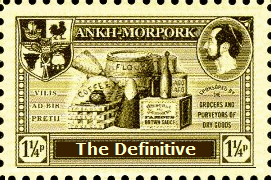|
As described elsewhere here though some digital printed sheets of Halfpenny stamps would have been taken to the Bath Postal Museum for perforating at the press day it is unlikely any of those produced would have been unleashed onto the public. These sheets had 72 stamps each. Very few from that day were suitable for use. More sheets were taken to the Museum later and perforated with 12 holes per 2 cm. The earliest ones were quite rough - termed rat-nibbled perforations - but better results were obtained once the perforating pins had bees wax applied - standard Bath perforations. These stamps were destined for the early LBEs and no complete sheets of Bath perforated stamps were sold.
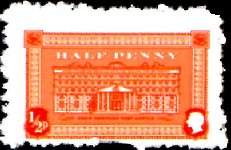
The the most part the Halfpenny definitives was the Enschede printing. These can easily recognised by their higher quality print quality with a more detailed images, and the perforations spaced more closely at 13.5 holes per 2 cm. Individual stamps were sold as well as full sheets of 20 stamps. While the Enschede print should be of the highest standardization I have noticed that the Two Pence definitive has appeared in a lighter and darker colour variety. Does this occur with the Halfpenny? Apparently Enschede baulked at printing any credits to Teemer & Spools in the selvedge.
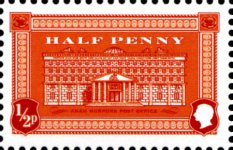
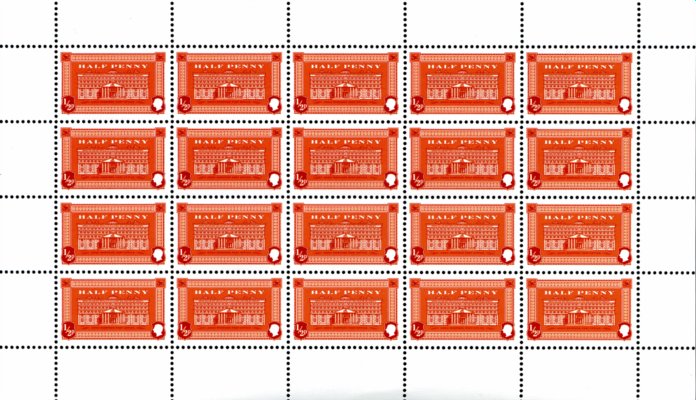
Once the Discworld Emporium had taken possession of its own perforator, any stamps required, in excess of the Enschede order, were digitally printed and perforated in-house. There would be no going back to Enschede to ask for a reprint run of small numbers of sheets; they would only entertain industrial sized orders. Thus the Enschede sheet stocks would have needed to be managed to ensure they didnít go out of stock before the new, second year, definitives were released. For LBE filling and some other purposes the Wincanton perforated digitally printed sheets of 72 stamps were used - no selvedge decoration. The printing quality would be much like the Bath perforated stamps to the eye, as it is believed that the same printing firm was used over the period, but the stamps have neater perforations and these are spaced 10 per 2 cm.
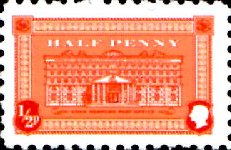
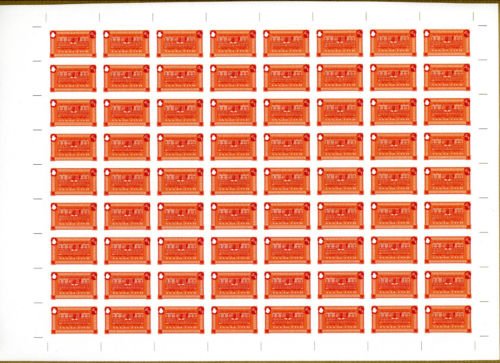
|


